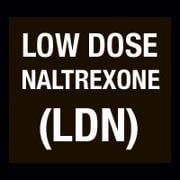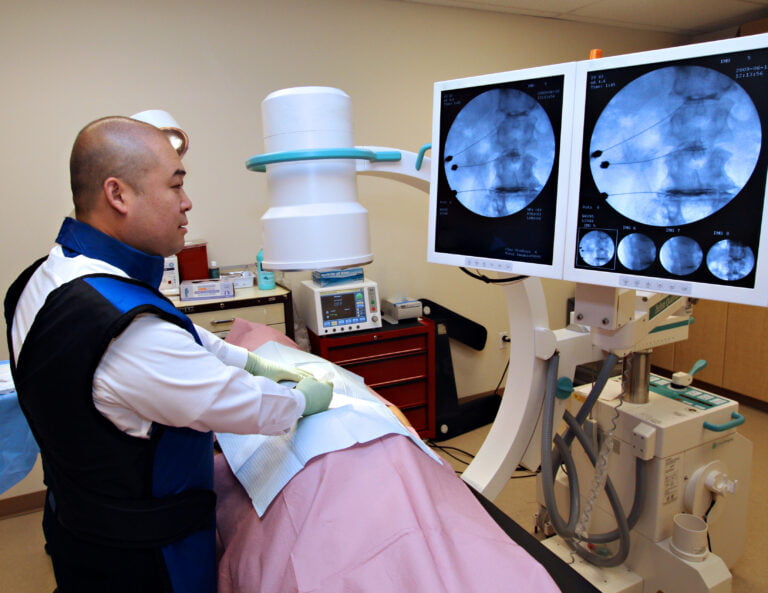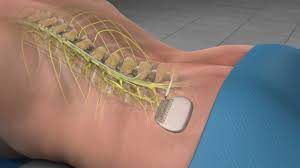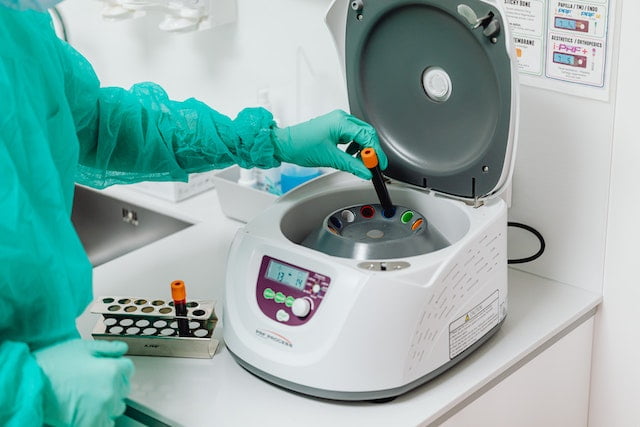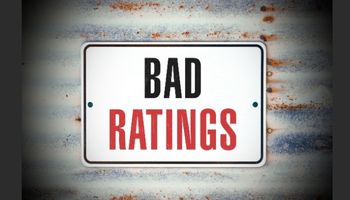
Sciatica is a painful condition that affects millions of people worldwide. It is caused by compression or irritation of the sciatic nerve, which runs from the lower back down to the legs. Sciatica can cause a range of symptoms, including pain, tingling, numbness, and weakness in the lower back, hips, and legs. While there are many treatment options available for sciatica, one option that has shown promise in recent years is spinal cord stimulation.
Spinal cord stimulation involves the use of a small device, called a spinal cord stimulator, which is implanted under the skin near the spinal cord. The device delivers electrical impulses to the spinal cord, which can help to block pain signals and provide relief from sciatica symptoms. Spinal cord stimulation is typically recommended for people who have not responded to other treatments, such as medication or physical therapy.
The spinal cord stimulator is made up of three parts: the battery, the leads, and the generator. The battery is the power source for the device, and it is typically implanted under the skin in the abdomen or buttocks. The leads are thin wires that are threaded through the spinal canal and attached to the spinal cord. The generator is the control center for the device, and it is usually worn outside the body, like a pager or cell phone.
One of the main benefits of spinal cord stimulation for sciatica is that it can provide targeted pain relief without the use of medication. This can be particularly beneficial for people who are unable to take pain medication due to side effects or interactions with other medications. Additionally, spinal cord stimulation can provide long-term pain relief, which can improve quality of life and reduce the need for other treatments.
Spinal cord stimulation is typically recommended for people who have chronic sciatica that has not responded to other treatments. It is also often used for people who have had back surgery but continue to experience pain. In some cases, spinal cord stimulation may be used as a first-line treatment for sciatica, particularly in people who are not good candidates for surgery.
While spinal cord stimulation can be an effective treatment for sciatica, it is not suitable for everyone. People who have pacemakers or other implanted devices may not be able to have a spinal cord stimulator implanted. Additionally, spinal cord stimulation is not recommended for people who have untreated psychiatric conditions, as it can exacerbate these conditions.
Spinal cord stimulation is a promising treatment option for people with sciatica who have not responded to other treatments. The procedure involves implanting a small device under the skin near the spinal cord, which delivers electrical impulses to block pain signals. Spinal cord stimulation can provide targeted pain relief without the use of medication, and it can provide long-term pain relief that can improve quality of life. If you are experiencing sciatica symptoms, speak to your doctor to determine if spinal cord stimulation may be an appropriate treatment option for you.



